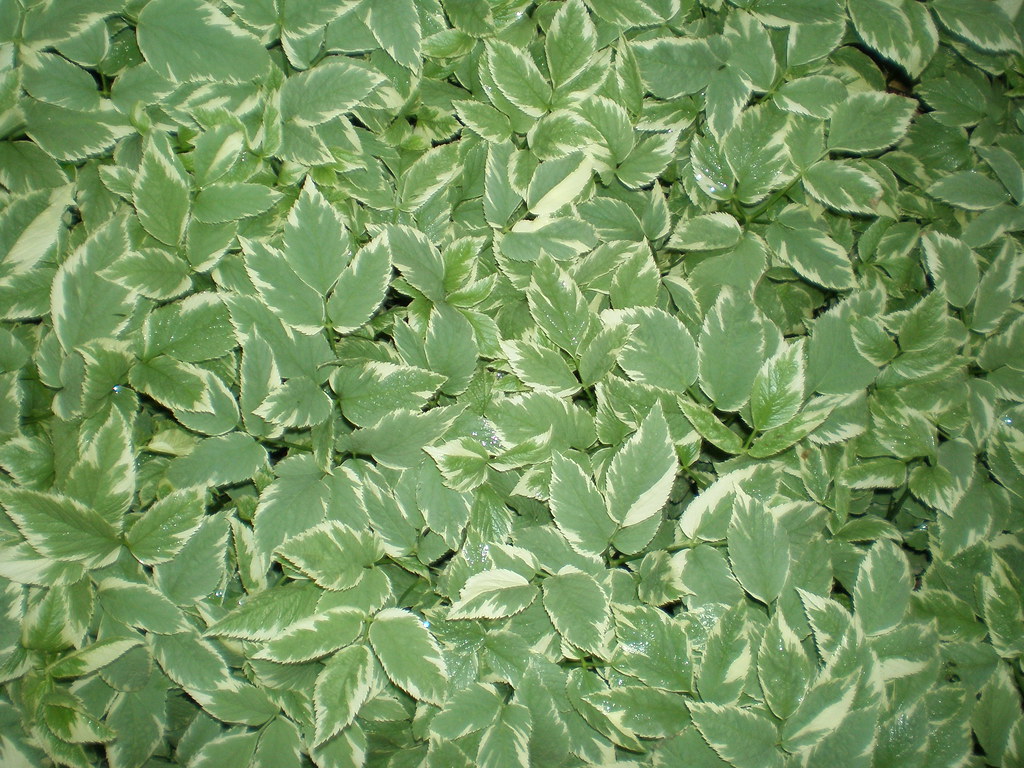Goutweed or Bishop’s Weed

Goutweed or Bishop’s Weed
(Aegopodium podagraria)
Priority: - Established / Strategic Control
Tags: Terrestrial
Identification and Reproduction
Identification
- Goutweed is a creeping perennial in the Apiaceae, or carrot, family.
- Stems will grow up to one metre and leaves will form a dense canopy.
- Cultivated varieties often have variegated leaves (white edges), but can also revert back to solid green. Leaves are compound, toothed and arranged in an alternate pattern.
- It has flat, umbrella-like clusters of small white flowers. Blooms occur in June.
Reproduction
It spreads vegetatively by rhizomes and will regrow from severed roots.
Habitat & Ecology
Goutweed is most aggressive in moist and partial shade areas. It invades deciduous woodlands, riparian areas, wetlands and grasslands.
Impacts
- It can impede the growth of native plants, including tree seedling germination.
- Goutweed invades forests, pastures, and disturbed sites.
Management
Mechanical/Manual Control:
- Mechanical removal is not effective as any broken rhizome will re-establish.
- A combination of mowing and applying a tarp to restrict sunlight will help suffocate and kill this plant. Surface covers should be left for at least 2 weeks.
Chemical Control:
- Chemical applications are effective on young plants but mature infestations may be resistant.
Resources
For more information check out the USDA Aegopodium podagraria page here.
View header photo here.




